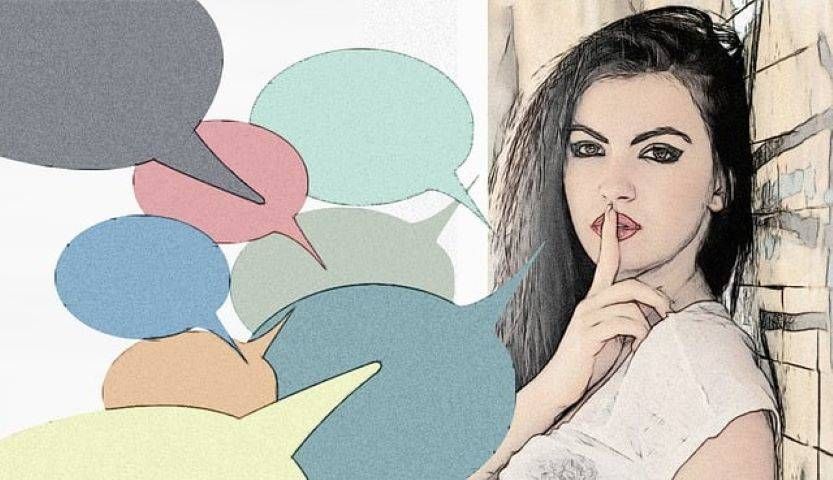Multi Facets of Communication Speech
The Many Ways We Communicate
- ·Talking
- ·Writing
- Emotions
- Gestures
- Body Language/Sign language
- Listening
- Silence
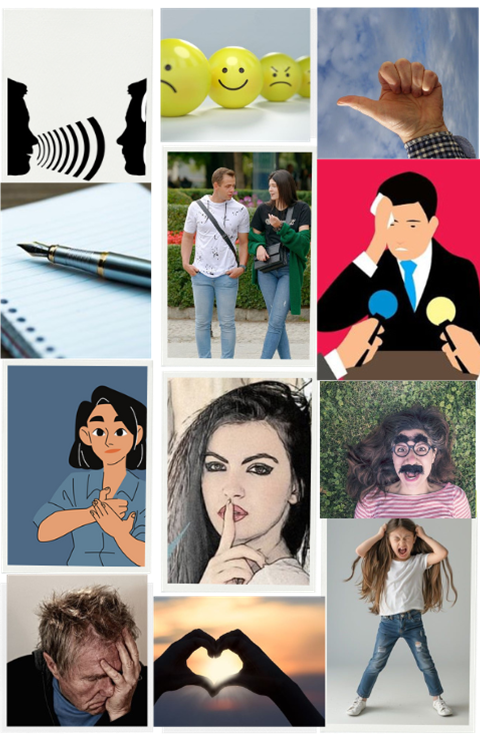
When We Talk or Write, We Use Words



Or the lowest lows
Words can wound our self-esteem for life, or give us unshakeable confidence in our abilities
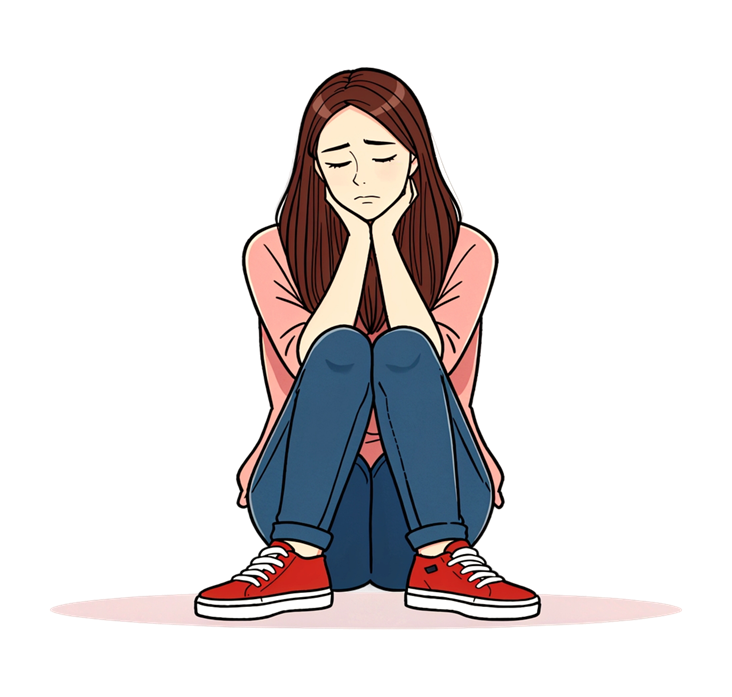
Poor self-esteem

Unshakeable Confidence
Words Can Be:
- Informative
- Comforting
- Angry
- And a myriad of other things
They’re so powerful, they can control our very thoughts and behaviors. But they’re not the only way we communicate.
Emotions Tell Everyone How We Feel Inside
They convey some private, and not so private, things about ourselves like: happiness, sadness, friendliness, embarrassment, anger, fear, etc.

Laughing

Crying
Gestures and facial expressions are forms of non-verbal communication, and although they’re unspoken, we understand their meanings.


Body language such as:
- Sweating during an uncomfortable conversation
- Shaking of the legs
- Wringing of the hands
These are signs of nervousness, and are usually subconscious behaviors, since many times we don’t know we’re doing them. Or, we may not be able to control them, (i.e. Habits).
Sign language uses both hand signs and facial expressions to communicate. It’s amazing how much can be communicated without any spoken words using this form of language.
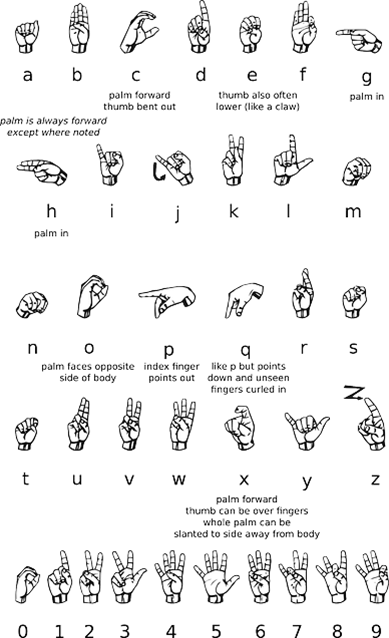
Listening is another form of communication. When used appropriately, it shows respect and care for the person speaking, and for what they have to say.
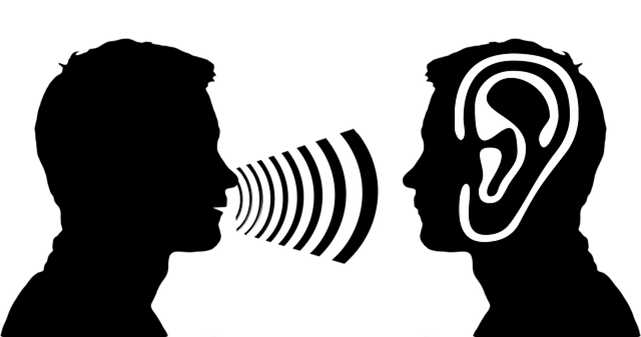

There is also something called the pregnant pause. This fits in with silent communication. It’s a tool frequently used by speakers whereby they insert a pause within a sentence, or at the end of a sentence. The purpose of it is to allow a moment for the people they’re speaking to to digest what was just said. And for the speaker, this creates impact during their speech.
Silence is a very powerful form of communication. Although it’s non-verbal, it can speak volumes. For example, just sitting silently next to someone who has lost a loved one is enough to show you care. It communicates sympathy or empathy, and can help the other person not to feel alone in their situation. We don’t always know what to say during those times, however, just your mere presence does the talking for you.

You see, communication is not just about speaking. It’s about making meaningful connections with other people. And in order to make strong, lasting, or productive connections, you need to understand the many ways we as human beings communicate with one another.
If you overlook the many facets of communication in a conversation, you may miss the entire essence of that conversation. And that can lead to confusion, misunderstanding, hurt feelings, or giving wrong information.
The next time you’re attempting to connect with someone, pay close attention to the many facets of communication you and the other person are exhibiting. That way, you can truly connect by being fully present in the conversation, and give meaningful responses.
Presentation by:


